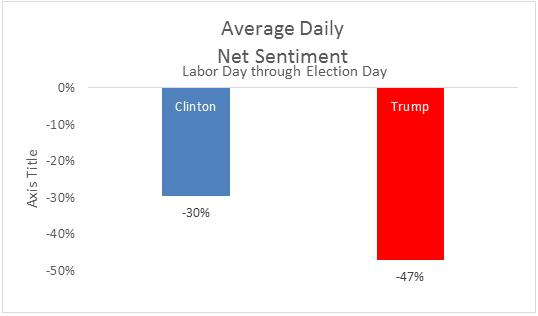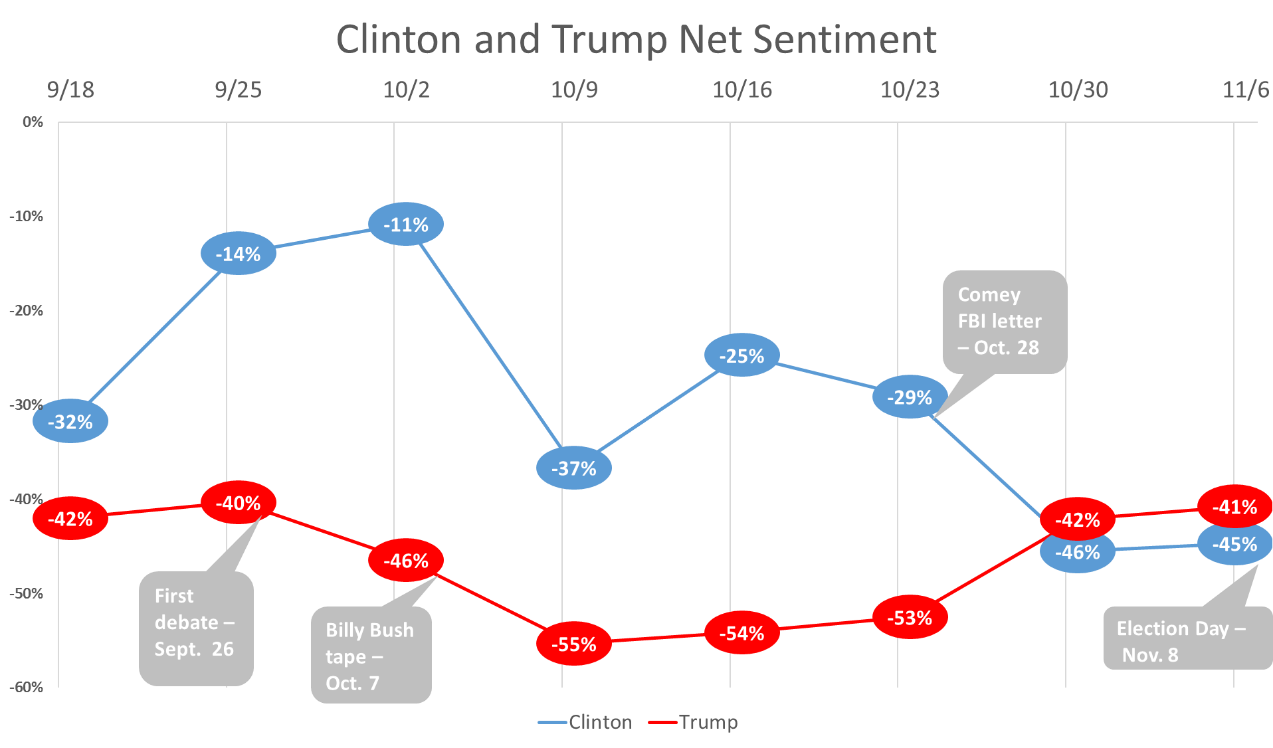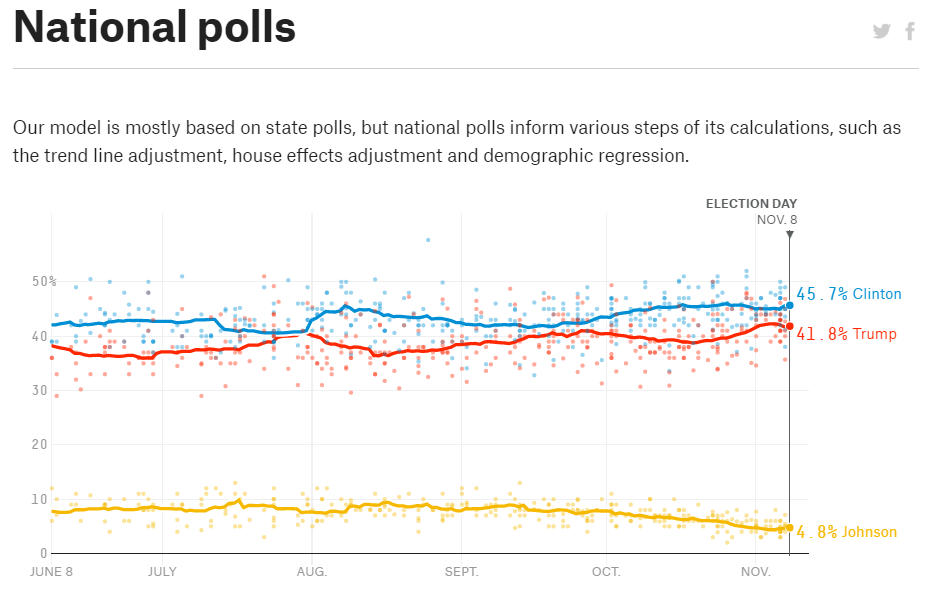The nonstop humiliation of young black and Hispanic New Yorkers, including children, by police officers who feel no obligation to treat them fairly or with any respect at all is an abomination. . . Rather than a legitimate crime-fighting tool, these stops are a despicable racially oriented tool of harassment.
Bob Herbert
Bob Herbert’s angry 2010 essay, “Jim Crow Policing,” was critical of the stop-and-frisk policy of the New York Police Department (NYPD), but it could just as easily have been directed at their differential enforcement of marijuana laws.
Surveys show that Blacks and Whites use illegal drugs at similar rates. Surveys conducted by the U. S. Department of Health and Human Services show that both lifetime marijuana use and use in the past year is slightly higher for Whites than for Blacks and Latinos. Yet Blacks and Latinos are arrested and incarcerated much more frequently.

In 2013, when Bill de Blasio was running for mayor of New York City, he promised to reduce the frequency with which citizens were arrested for low-level marijuana possession and the racial bias in these arrests, referring to such policies as “unjust and wrong.” He has been mayor since January 2014, so how is he doing? The Drug Policy Alliance (DPA) recently published an assessment by Harry Levine, a sociologist at Queens College, CUNY, and Loren Siegel, an attorney.
On the positive side, the number of arrests for marijuana possession has gone down from about 40,000 per year to about 20,000 per year, as the chart below shows. In other words, it now takes Mayor de Blasio and the NYPD two years to make as many “unjust and wrong” arrests as his two immediate predecessors averaged in a single year.
 However, there is no evidence of any reduction in racial bias. Blacks and Hispanics account for 51% of the population of New York City, with Whites accounting for most of the remaining 49%. Yet Blacks and Hispanics account for 86% of those arrested for marijuana possession and these percentages are unchanged from the Bloomberg administration.
However, there is no evidence of any reduction in racial bias. Blacks and Hispanics account for 51% of the population of New York City, with Whites accounting for most of the remaining 49%. Yet Blacks and Hispanics account for 86% of those arrested for marijuana possession and these percentages are unchanged from the Bloomberg administration.
 Black and Hispanic defendants are also convicted at higher rates, although this does not necessarily imply racial discrimination by the prosecution or the courts. It may be due to their having a greater number of prior offenses.
Black and Hispanic defendants are also convicted at higher rates, although this does not necessarily imply racial discrimination by the prosecution or the courts. It may be due to their having a greater number of prior offenses.
 The persistence of racial discrimination in marijuana arrests seems to be due to a combination of institutional and individual racism. Levine and Siegel suggest that two processes are at work in producing these racial disparities. First, NYPD concentrates its enforcement of marijuana possession laws in public housing projects and neighborhoods in which Blacks and Latinos make up the majority of residents. Public housing residents are 5% of the city’s population but account for 21% of marijuana arrests, with 92% of those arrested being Black or Hispanic. The city’s 37 majority Black or Hispanic precincts have about half the city’s population, but account for 66% of marijuana arrests, with 92% of those arrested being Black or Hispanic. Since the police usually base their decisions of where to deploy officers on prior arrest records, differential patrolling of Black and Hispanic areas is a type of self-perpetuating institutional bias.
The persistence of racial discrimination in marijuana arrests seems to be due to a combination of institutional and individual racism. Levine and Siegel suggest that two processes are at work in producing these racial disparities. First, NYPD concentrates its enforcement of marijuana possession laws in public housing projects and neighborhoods in which Blacks and Latinos make up the majority of residents. Public housing residents are 5% of the city’s population but account for 21% of marijuana arrests, with 92% of those arrested being Black or Hispanic. The city’s 37 majority Black or Hispanic precincts have about half the city’s population, but account for 66% of marijuana arrests, with 92% of those arrested being Black or Hispanic. Since the police usually base their decisions of where to deploy officers on prior arrest records, differential patrolling of Black and Hispanic areas is a type of self-perpetuating institutional bias.
The higher conviction rates of Black and Latino defendants noted above, if they are due to their prior arrest records, can also be seen as self-perpetuating institutional racism.
Secondly, NYPD also targets commercial and night life districts in mid- and lower Manhattan which attract out-of-town visitors and tourists, such as Greenwich Village, perhaps out of concern for the city’s public image. Blacks and Latinos make up relatively few of the residents of these areas, but are arrested at disproportionately high rates. In an analysis of 15 such areas, the authors report that Blacks and Hispanics were 23% of the population but 72% of those arrested. The fact that Blacks and Hispanics are in the minority in these areas suggests that their higher arrest rate is due to racial bias by individual police officers.
It’s not clear whether this lack of progress in eliminating discrimination is due to Mayor de Blasio’s lack of commitment to his campaign rhetoric or NYPD’s refusal to comply with his orders. If the latter, why was NYPD was willing to cut back on marijuana arrests but not willing to cease its racial discrimination?
Mayor de Blasio released a statement criticizing the DPA study as “misleading.” Rather than challenging their data, he reframed it. He pointed out that the absolute number of Blacks and Latinos arrested for possession of marijuana had gone down under his administration, but he failed to mention that the percentages by race were unchanged. He also attacked the DPA as “a group committed to legalization,” which is irrelevant.
A marijuana arrest can interfere with a young person’s ability to get a job, go to college, take out a loan, or even find a place to live. There is no evidence that eliminating these arrests has any negative impact on public safety. In fact, there seems to be widespread public support for legalization of marijuana, and there is no justification for racially discriminatory marijuana enforcement. Yet NYPD seems to have considerable ability to resist these policy changes.
You may also be interested in reading:
 Although partisan differences of opinion on the value of labor unions and the news media were anticipated, differences in approval of colleges and universities were just as large. Moreover, partisan differences over the effects of colleges
Although partisan differences of opinion on the value of labor unions and the news media were anticipated, differences in approval of colleges and universities were just as large. Moreover, partisan differences over the effects of colleges  The change is almost entirely attributable to Republicans. Although Democratic attitudes toward colleges have remained stable, Republican attitudes have shifted dramatically in the negative direction. As recently as 2015, 54% of Republicans said colleges had a positive impact on society and 37% said their impact was negative.
The change is almost entirely attributable to Republicans. Although Democratic attitudes toward colleges have remained stable, Republican attitudes have shifted dramatically in the negative direction. As recently as 2015, 54% of Republicans said colleges had a positive impact on society and 37% said their impact was negative. The Pew survey is silent about the reasons for this change in opinion, so I guess I’m free to speculate. First of all, we should remember that there has been
The Pew survey is silent about the reasons for this change in opinion, so I guess I’m free to speculate. First of all, we should remember that there has been  The middle and lower class young people for whom the State System of Higher Education (SSHE) was intended have largely been priced out of the market. Enrollment is dropping (for this and other reasons).
The middle and lower class young people for whom the State System of Higher Education (SSHE) was intended have largely been priced out of the market. Enrollment is dropping (for this and other reasons). 




















You must be logged in to post a comment.